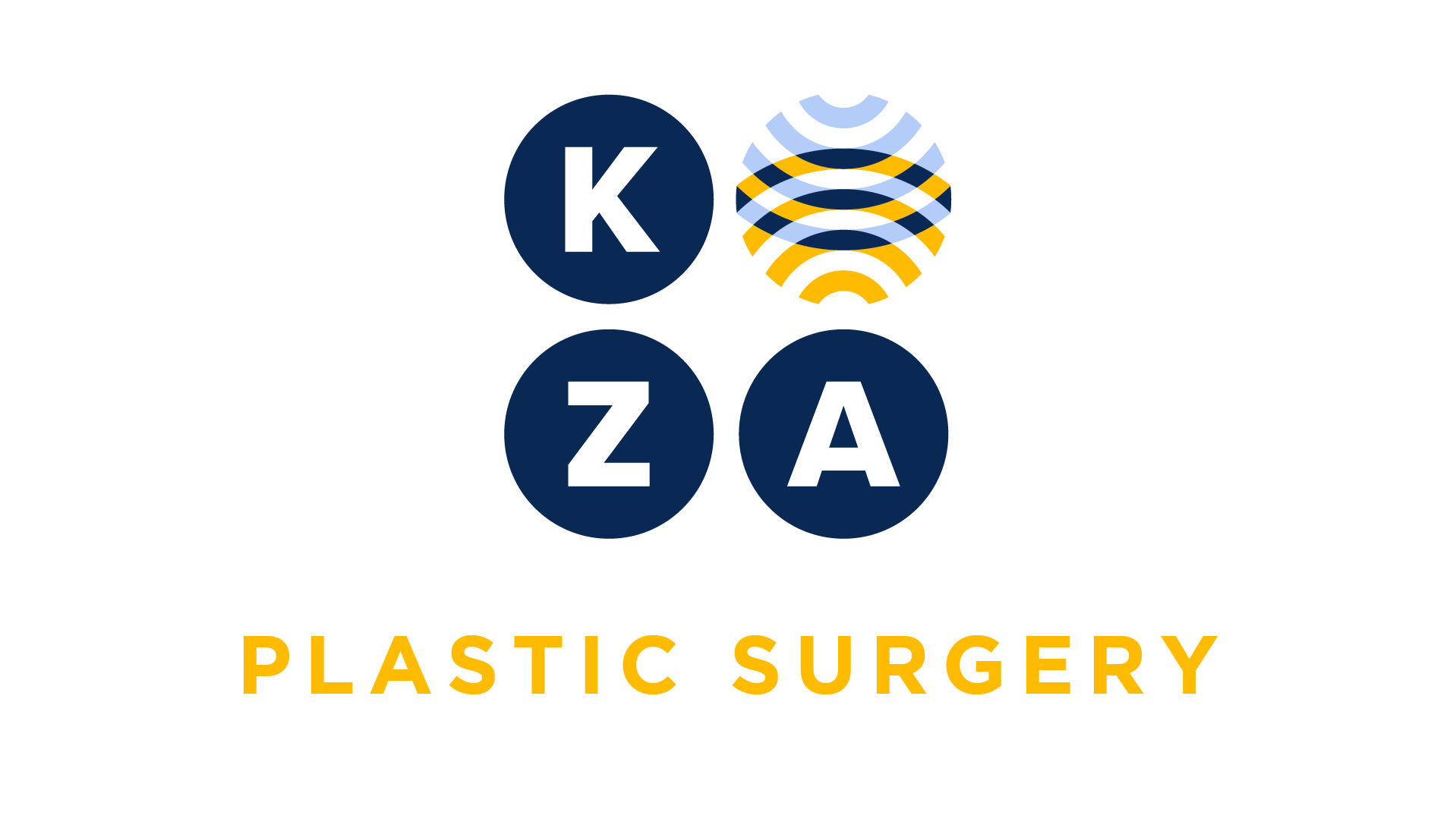Diagnosis Code for Post Op Visits
Question:
What’s the best way to do the diagnosis coding for postop visits? I mean, does it really matter since we aren’t billing for a visit?
Answer:
Yes, it is important to accurately code the diagnosis. The ICD-10-CM guidelines for postop/aftercare include the following:
- If the original diagnosis is trauma (eg, using an S diagnosis code)ora code that requires a 7thcharacter (eg, M80-): then you’ll continue to use the original diagnosis code but you’ll change the 7thcharacter to one which includes “subsequent encounter”. For example, a finger fracture – when you fixed the fracture in surgery you used a diagnosis code with a 7th character of, say, A (initial encounter, closed fracture). So for your postop visits (CPT 99024), you’ll use the same finger fracture diagnosis code but with a 7thcharacter of, say, D (subsequent encounter, routine healing).
- For non-trauma diagnoses (and those that do not require a 7thcharacter): Now you’ll switch to a Z code when you’re using CPT 99024. Look at the Z48.- codes…there are several that can be used such as:
Z48.00 Encounter for change or removal of nonsurgical wound dressing
Z48.01 Encounter for change or removal of surgical wound dressing
Z48.02 Encounter for removal of sutures (or staples)
Z48.03 Encounter for removal of drains
*This response is based on the best information available as of 1/31/19.

